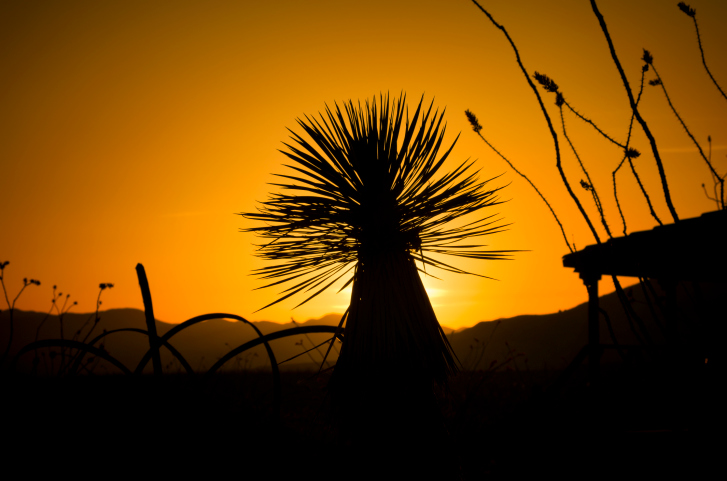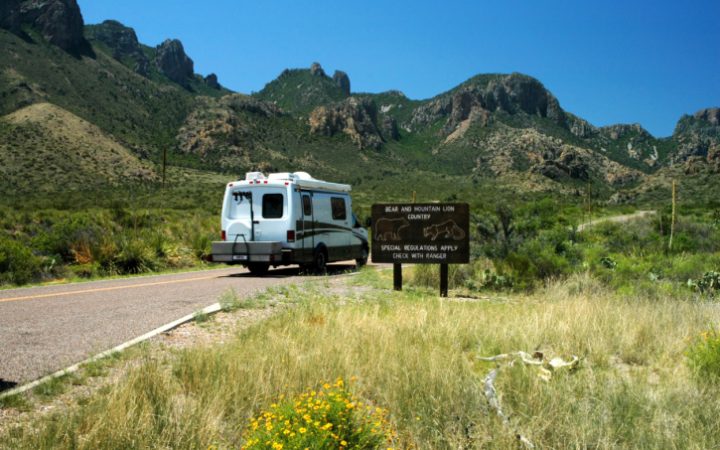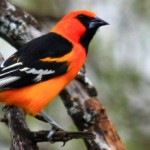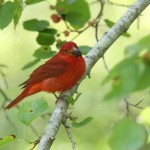Terlingua is sometimes called the biggest town in the Big Bend, that 118-mile stretch of the Rio Grand River that creates the unique swing in the Texas/Mexico border.
Terlingua first began showing up on maps in the 1880s when cinnabar, the ore deposit containing mercury, was discovered in the area. By the early 1900s, there was a thriving town of more than 1,000 inhabitants helping pull 40 percent of America’s quicksilver out of the West Texas ground. The mine played out in the 1940s, the Chisos Mining Company went kaput, and Terlingua became a ghost town.
Planning a visit? Stay at Big Bend Resort.
In 1967, Frank X. Tolbert decided to promote his book about chili by staging the Terlingua International Chili Cook-Off. The event became famous and after a spicy disagreement in the 1980s, Ray King started a second festival nearby called the Terlingua International Chili Championship. There turned out to be enough room in the empty desert for two festivals, which are held these days on the same weekend in November, drawing thousands of chiliheads to the Big Bend. Also in Terlingua in November, the Day of the Dead draws all-night partiers to the Terlingua cemetery, a National Historic Landmark.
When Terlingua is not in a party mood, a handful of businesses huddled in low-slung buildings support everyday travelers. Stop by the Terlingua Trading Company, which operates out of the old Chisos Mining company store, or enjoy food and drink at the Starlight Theatre restaurant and saloon. You can also enjoy views of the stunning backdrop of Big Bend National Park to the east and Big Bend Ranch State Park to the west.
There are some 200 miles of hiking trails from hardscrabble desert treks to explorations of the Chisos Mountains that rise to 7.832 feet in elevation atop Emory Peak. Canoeing on the Rio Grande River takes paddlers through rugged bare rock canyons. Big Bend represents the largest expanse of roadless public lands in the Lone Star State, but the Ross Maxwell Scenic Drive is one of the marquee touring roads in Texas.





